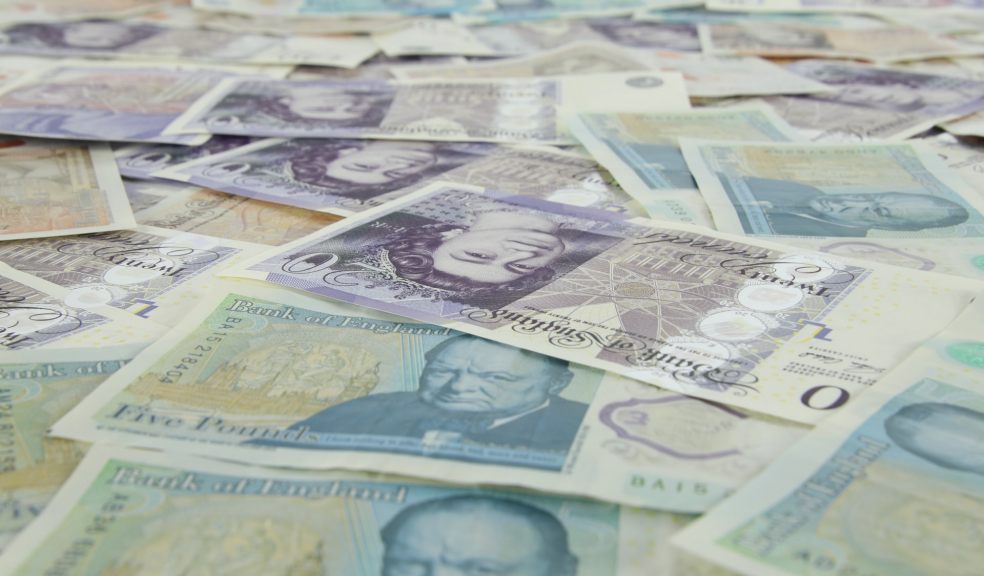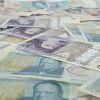
Who Counts the Money in Banks?
The most crucial banking operation is counting cash. Efficiency in cash handling, counterfeit detection, and avoiding errors in case of different denominations bills deposit is possible with the help of a mixed currency counter. Tellers should be careful to get the totals right. They should also ensure that the customer deposits reflect in the corresponding customer accounts by the end of the day. To make that easier, banks invest in high-quality money counters.
Choosing a bank money counter
- Functionality and price
With advanced functionality features, the money counter is likely to be more expensive. But one should balance between price and quality to ensure efficiency in cash handling. Banks should consider their specific needs and opt for bill counters, multi currency counters, or value counters.
- Counterfeit detection
Banks handle a lot of cash daily. Though teller training on various ways to detect counterfeit bills is crucial, a bank should also invest in counter machines that can show counterfeit notes. Human errors are likely to happen when one deals with lots of cash. But a counter machine that can detect counterfeit bills, partial or torn notes makes work easier and enhances efficiency. Banks opt for counter machines with inbuilt UV, MG, or IR counterfeit detection capabilities.
- Mixed denomination detectors
Sorting mistakes are common during money counting. Having a machine that can detect different denominations helps prevent money counting errors that result in totals errors. Such money counters are more expensive because they have inbuilt-imaging software. But they are worth it because they increase efficiency and also prevent money counting mistakes.
- Easy operation
Bank tellers are busy, and their work can be overwhelming at times. Having a money counter with an easy-to-use interface makes the job easier for the tellers. That way, they suffer less fatigue, and that minimizes the risks of making errors. Some money counters manufacturers allow their potential clients to try the machine first. But even though you are shopping online, one can check reviews and feedback regarding the counter machine to determine if they are user-friendly.
- Hopper and carrier capacity
Most bank tellers prefer counting machines with a big hopper capacity. That way, they don’t have to keep feeding banknotes on the hopper. It can be boring and tiring to keep feeding small batches of notes on the hopper. But a balance between the feeder capacity and carrier capacity is crucial. That way, one does not need to keep removing banknotes from the carrier tray.
Procedure to count money in the bank
We are going to review procedures on money counting in banks. According to Banking News, Bank of America is a leading bank in the USA. It handles lots of cash due to its clientele. But what makes their work flawless is that they invest in human capital and machinery, and just like all other banks, they follow procedures to avoid errors. Below are steps to follow when counting bank money;
1. Accept deposits from clients
2. Verify bill deposits on the money counter
3. Supervisor verification and balancing of the counter deposits
4. Safe-deposit after reaching a collection set limit.
Bank tellers provide vital services to the bank. Empowering them with advanced money counters improves banking operations and efficiency.

















